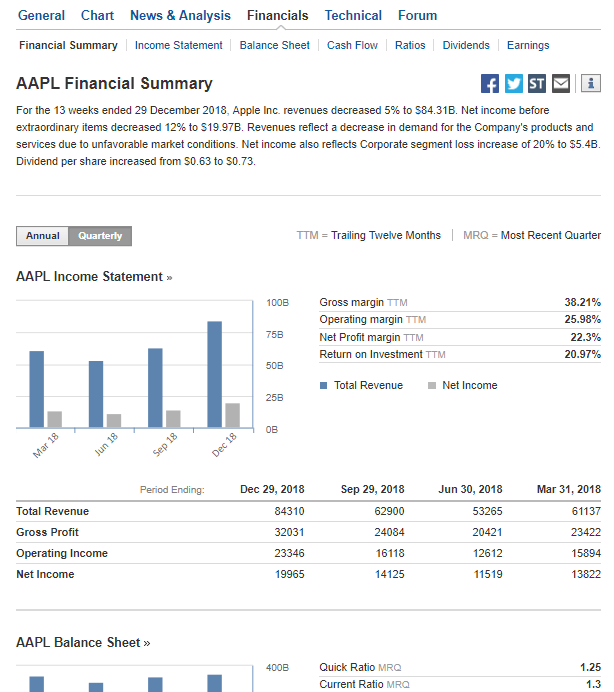
- All Instrument Types
- Indices
- Equities
- ETFs
- Funds
- Commodities
- Currencies
- Crypto
- Bonds
- Certificates
Please try another search

Which stocks will surge next?
Shareholders' Equity
What is Equity?
Equity is the absolute value of an asset or group of assets. It is the portion of an asset above and beyond any debt associated with it. Also, company stocks are a class of assets called “equities” because the fundamental value of a company’s stock is the net value of the company’s assets minus its liabilities. The other two major classes of assets are fixed-income (bonds), and cash and cash equivalents.
Equity is the value of the asset minus the value of the liability:
Equity = Asset – Liability
How is the Term Equity Applied?
Consider the following examples: If an investor buys 10 stocks for $100 a share, their equity is $1000 (purchase price of $1,000 - $0 liability = $1,000). If the stock price in this example falls by $10 per share during the period when the investor owns the stock, their equity falls to $900 (original purchase price of $1,000 - loss of $100 = $900 equity).
If the investor borrows 50% of the purchase price from their broker, their equity in the investment is $500 (purchase price of $1,000 - $500 debt = $500). If the price of the stock drops thereafter to $50 a share, their equity is $0 (original purchase price of $1,000 - ($500 debt + $500 loss) = $0).
Equity and the Corporate Balance Sheet
On a publicly traded company balance sheet, shareholders’ equity is listed along with liabilities against assets to indicate a company’s total net worth.
The balance sheet includes shareholder equity because technically it is the owners’ stake in the business. If the company were to be liquidated, the equity of the company would be distributed to the shareholders according to their percentage of ownership. On the balance sheet, assets = liabilities + shareholders’ equity, because the company owes the equity to the shareholders.
The sources of equity for a company are the money invested in the company and the retained earnings. The former includes initial investments in the company and any additions to those investments over time. The latter are earnings from the operation of the business that are not used to meet the company’s liabilities and pay stock dividends.
At Investing.com Total Equity is included on the balance sheet for every company found on the website, e.g., Apple stock (NASDAQ:AAPL). The table includes the last four periods reported, each in its own column. This table provides a quick and easy way to compare a company’s changing equity profile from one period to the next and to see the recent bid and ask prices of each stock.





